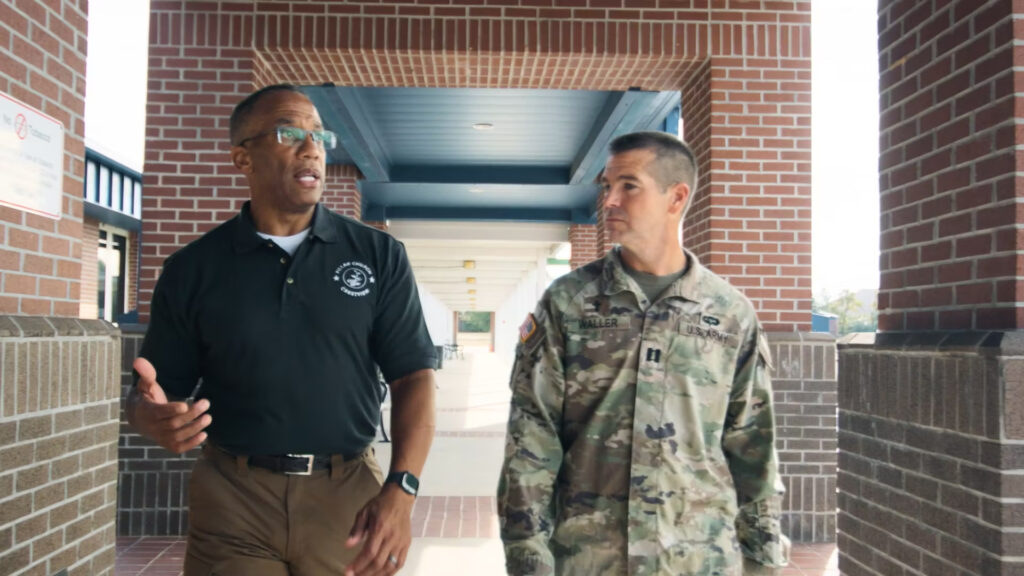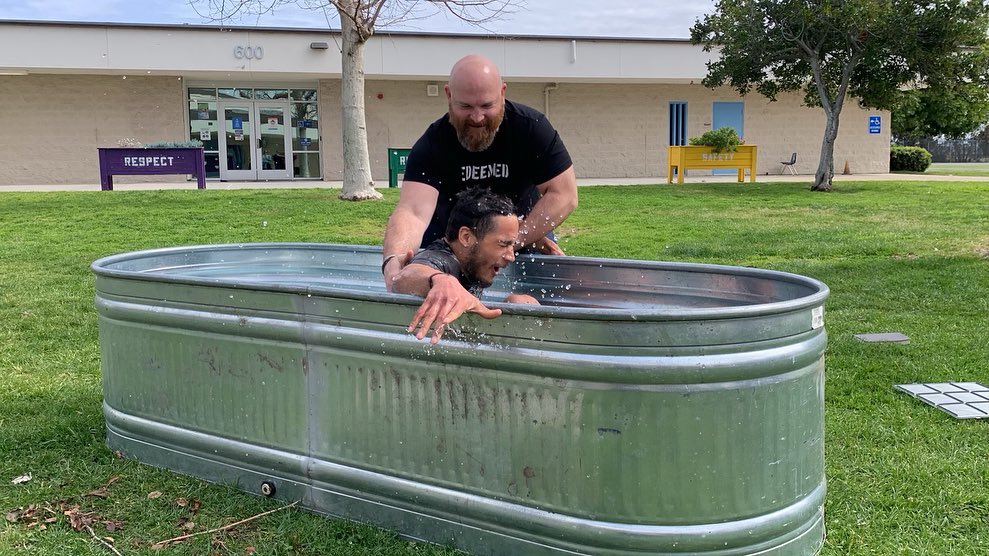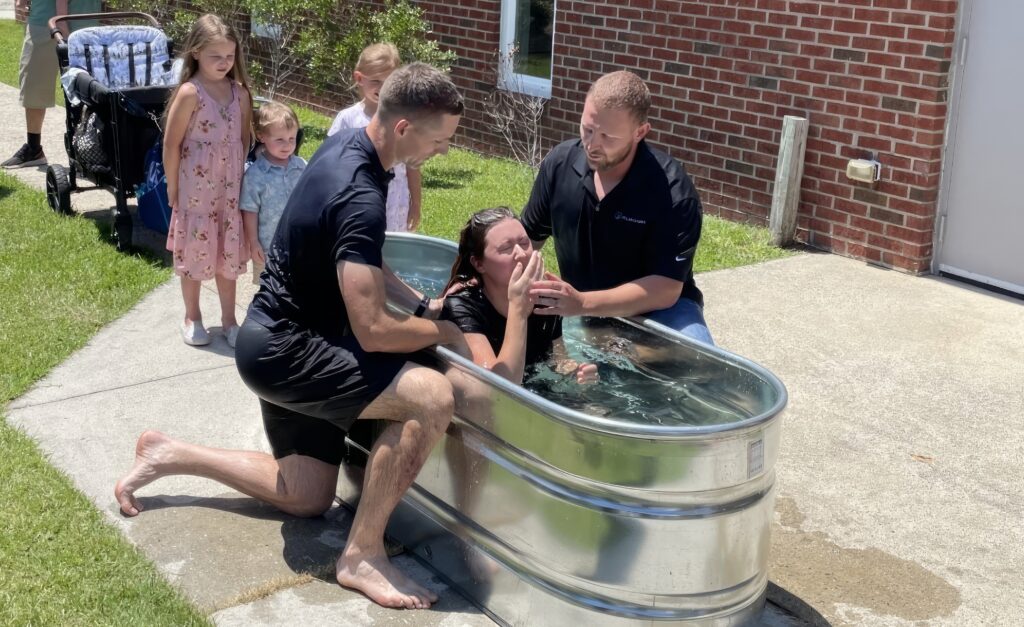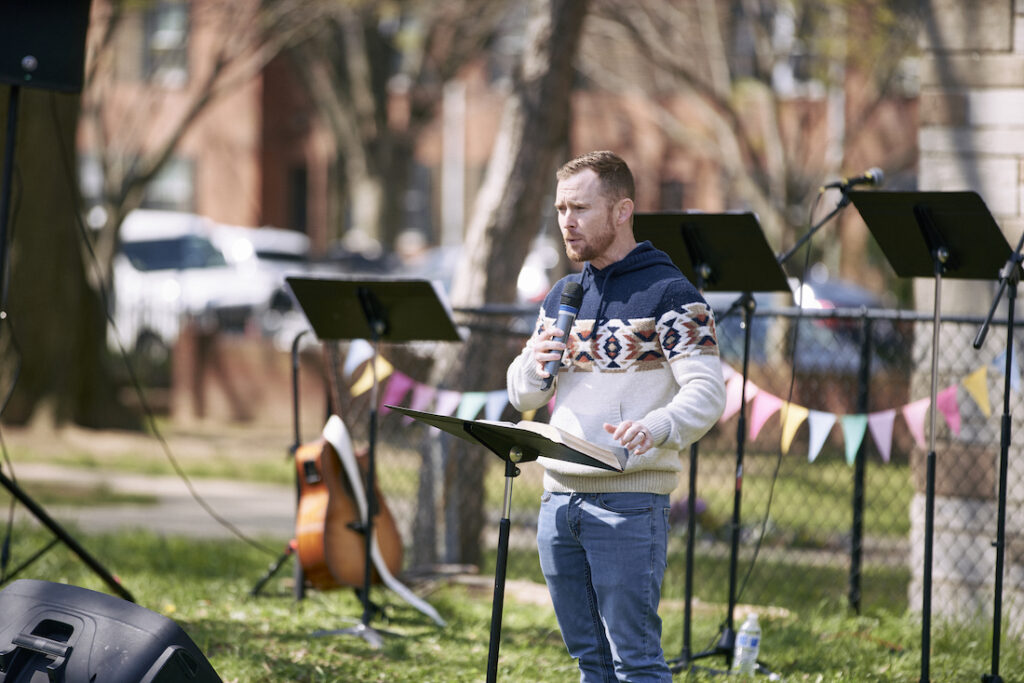Everybody thinks they hate evangelism, but what if that was because they didn’t understand how evangelism happens in the real world?
I’m no expert at it. In fact, I’d say I was the reluctant evangelist. The last time I led somebody to Christ was sitting in an Uber car after waking at 4 a.m. to travel to a Send Network assessment. To say I wasn’t in a good mood would be a severe understatement. I was groggy, grumpy, and — to be frank — didn’t want to tell anybody about Jesus. But my Uber driver wanted to talk, and the God who never sleeps had to wake me up to what he was doing.
It was in my church plant in Wales, United Kingdom, that I discovered how evangelism really takes place, and — more often than not — evangelism looked a lot like playing “Halo” on an Xbox.
Having accidentally planted a church in a Starbucks in Swansea, Wales, I wanted our people to be discipled in a small group. These weren’t just any ordinary small groups however. They were groups that met, read the Bible, talked about it, prayed, and took communion. We did that for a number of months, but then I tricked them into becoming missionaries. In fact, I tricked them into becoming church planters. The difference between a small group and a microchurch is that each microchurch can stand on its own and become a fully functioning church in its own right.
My missional multiplication strategy was to develop each and every small group into a core team that was ready to plant out in a few years. When I employed this strategy in Long Beach, California, we launched four plants within three years. But in order to get there, I had to disciple them like Jesus disciple the Twelve in the same span of time.
The discipleship Jesus practiced had three components:
- Teaching
- Time
- Tactics
Almost any small group I’ve heard of experiences teaching. Missional churches employ time. They spend time together outside of the meetings, building relationship and practicing what some call “life on life.” But how many groups have you been part of that say, “Right. Get out there. Time to put into practice what you’ve been learning”? I already know the answer. We become experts at talking about things we never do. We talk about reaching the world, without ever venturing forth to do anything intentionally. If you’re not careful, small groups can become a breeding ground for Christians who are experts on inactivity.
Jesus recognized this in his disciples and therefore sent them out into the villages of Judea. He actually did this twice, but have you ever wondered why? There should be a rhythm to our discipleship, as natural as breathing. We take in knowledge, fellowship, and encouragement in one giant breath, and then exhale faith, risk, and mission with the same regularity. Inhale. Exhale. Just breathe.
Gather. Scatter. Breathe in. Breathe out.
Many of our small groups have been holding their breath for years, turning blue and hypoxic. Here’s the reality: You can’t fully inhale again until you’ve fully exhaled. In this rhythm of gathering and scattering, I watched small groups become core teams, and pew sitters become leaders.
The first step in developing the tactics of each team was to determine what they liked to do. We needed to devise a pathway for each microchurch to pursue intentional evangelism. We already knew the people in our church enjoyed talking. The church had started as book club inside a Borders Bookstore that had a Starbucks attached. We sat around coffee tables and talked about Jesus, drinking coffee and eating cake. What wasn’t to love? But not everybody considered that a good time in our city, and we considered it our mission to cast our nets to the other side of the boat as well.
For this we had a to scatter away from the middle. Each microchurch took on a mission that was unique to the makeup of the group. We asked the microchurch of young college students what they liked to do. It turned out they liked to play Halo. A lot. We asked if they’d ever played in a tournament with 16 players. They told us that they hadn’t. So we arranged to have a few televisions and Xbox consoles brought over every other week. The result was that a number of university students came to faith and a chain reaction was set in motion. Games were played. Butts were owned. Leaderboards were ranked. Souls were saved.
Another group decided to stick to their reading-group roots and start a book club in another Starbucks, while another microchurch started a Film Critic’s Club (after all, everybody’s a critic nowadays). Films were watched. Opinions were aired. People were saved. We called it evangelism.
The list goes on. Most people think they don’t like evangelism because they’ve been told that it’s awkwardly approaching strangers with the gospel, like a cold-calling telemarketer. But what if evangelism looked like playing Xbox, or reading a good book with friends, or even seeing a film? What if a microchurch was really a way of the church scattering after the Sunday morning gathering?
What if our gathering were like inhaling, and our scattering were like exhaling? What if these two things became natural to every Christian in our churches? Wouldn’t we find that we’d be making disciples and multiplying churches?
That’s exactly what we found.
You can read more about it in my book Reaching The Unreached: Becoming Raiders of the Lost Art
Published February 20, 2018



